-
 Various physiological disorders can affect the appearance and desirability of fresh market bell peppers; these often arise from environmental stresses and nutritional imbalances. Understanding these physiological issues is essential for growers to manage and mitigate them effectively. These disorders are common and are related to plant growth and development, not…
Various physiological disorders can affect the appearance and desirability of fresh market bell peppers; these often arise from environmental stresses and nutritional imbalances. Understanding these physiological issues is essential for growers to manage and mitigate them effectively. These disorders are common and are related to plant growth and development, not…|
-
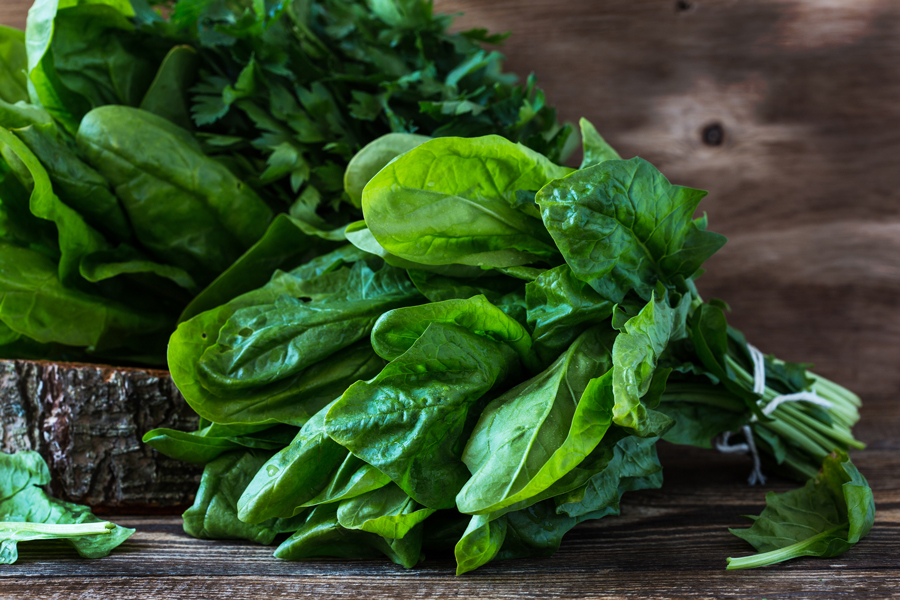 Spinach (Spinacia oleracea) is an important nutrient-dense leafy green, and its annual per capita consumption has significantly increased over the past decades. Spinach production in Georgia has experienced significant growth in the last few years, with over $400M in annual value, ranked first among all the other leafy green crops.…
Spinach (Spinacia oleracea) is an important nutrient-dense leafy green, and its annual per capita consumption has significantly increased over the past decades. Spinach production in Georgia has experienced significant growth in the last few years, with over $400M in annual value, ranked first among all the other leafy green crops.…|
-
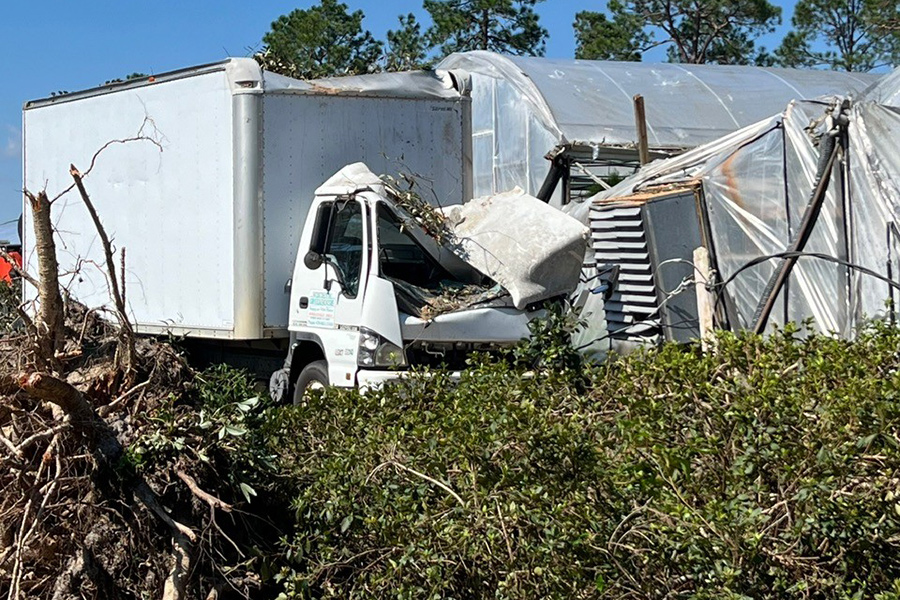 Hurricanes can cause severe damage to greenhouse structures and crops, both directly and indirectly. Strong winds, heavy rains, and flooding not only impact physical infrastructure, but also damage crops through exposure to extreme conditions. Additionally, disruptions to water, electricity, and logistics complicate production efforts. This publication outlines common types of hurricane…
Hurricanes can cause severe damage to greenhouse structures and crops, both directly and indirectly. Strong winds, heavy rains, and flooding not only impact physical infrastructure, but also damage crops through exposure to extreme conditions. Additionally, disruptions to water, electricity, and logistics complicate production efforts. This publication outlines common types of hurricane…|
-
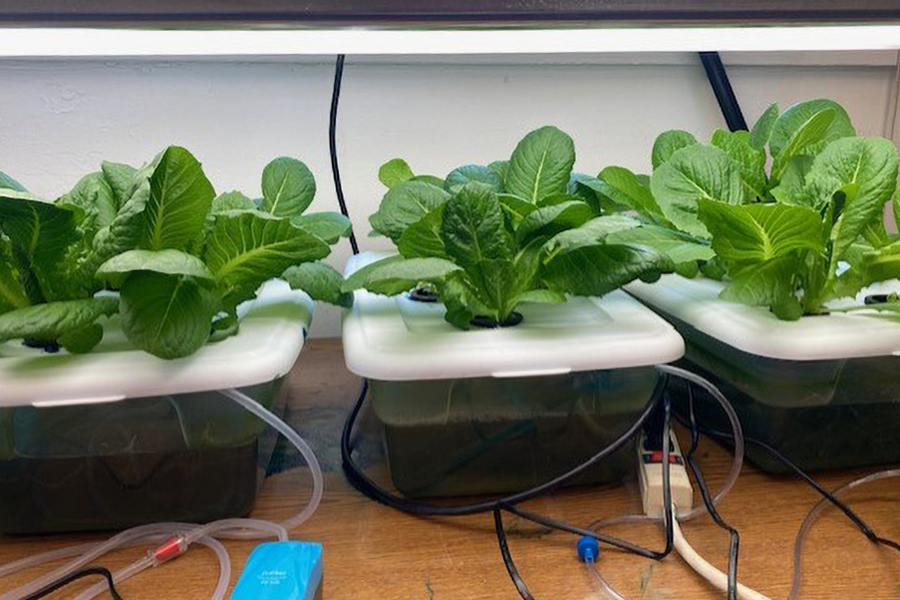
Important considerations for starting a small hydroponic operation at your home or an urban garden site.
|
-
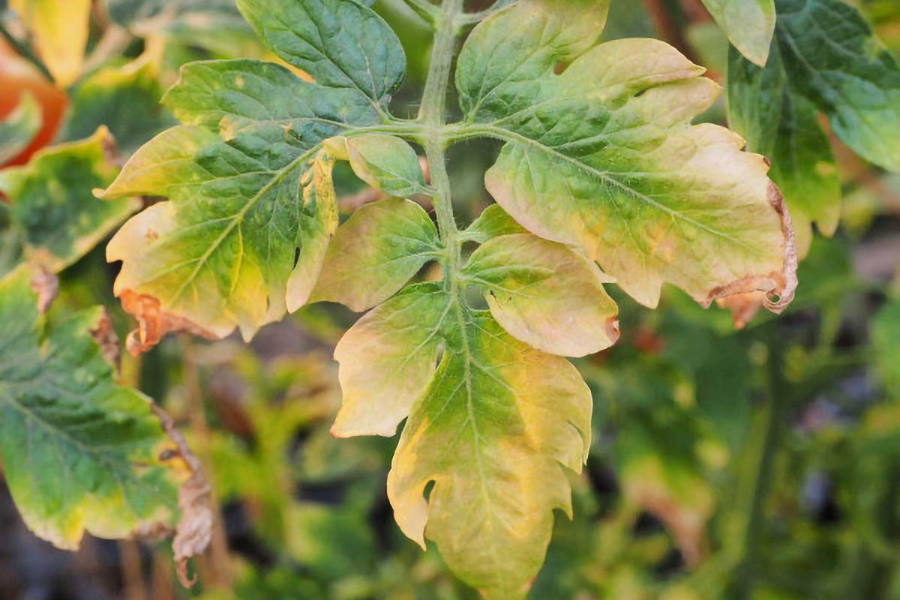
This brief guide covers nutrient deficiencies and their symptoms in common vegetables. Makenzie English, Horticulture Program Assistant, is co-author on this publication.
|
-
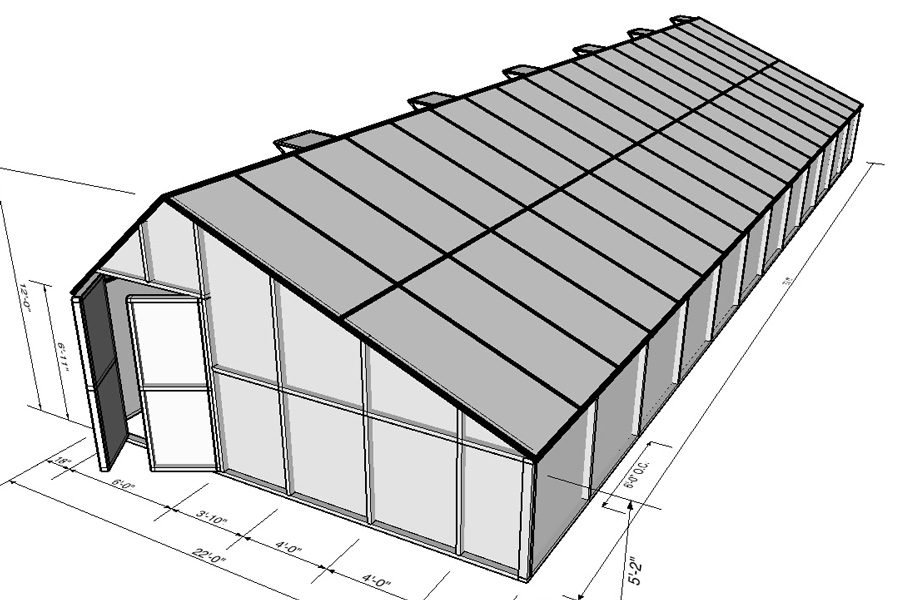
This publication describes how a passive solar greenhouse was constructed using an earthen wall and water barrels for heat retention. The benefits and potential pitfalls of such a structure are discussed. Additional authors include Alexandra Williams, Syngenta, U.S.A, and Krista Jacobsen, Department of Horticulture, University of Kentucky.
|
-
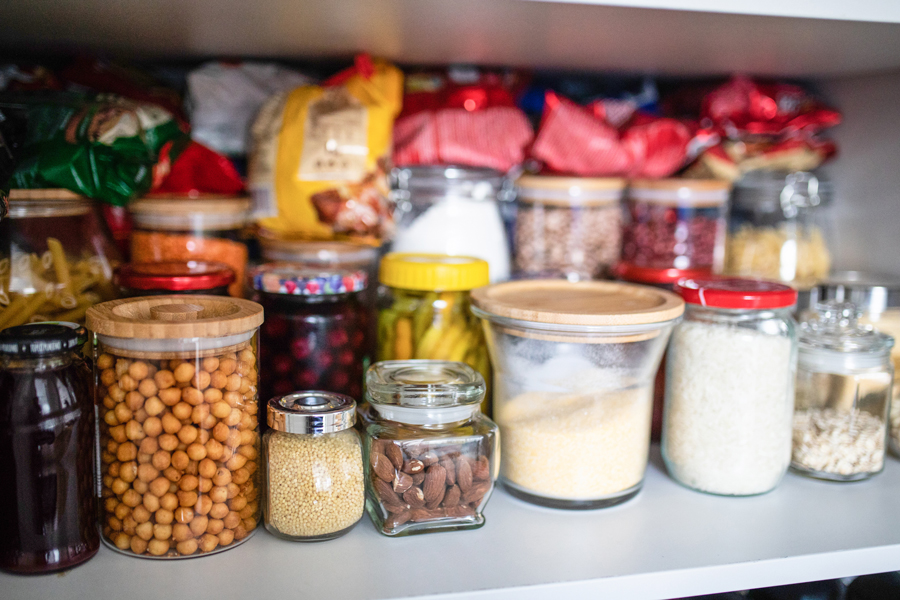 Esta publicación proporciona orientación práctica para individuos y familias, cubriendo aspectos esenciales como la planificación, la selección de recipientes adecuados y el mantenimiento de los alimentos almacenados durante emergencias como desastres naturales. La guía ofrece consejos fáciles de usar sobre variedad de menús, seguridad alimentaria y suministros no alimentarios, lo…
Esta publicación proporciona orientación práctica para individuos y familias, cubriendo aspectos esenciales como la planificación, la selección de recipientes adecuados y el mantenimiento de los alimentos almacenados durante emergencias como desastres naturales. La guía ofrece consejos fáciles de usar sobre variedad de menús, seguridad alimentaria y suministros no alimentarios, lo…|
-
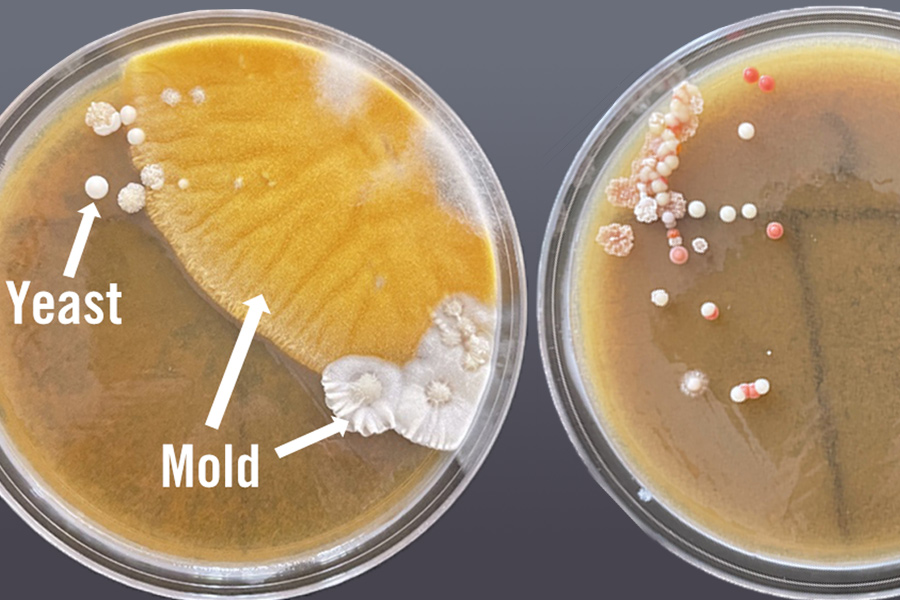 Wild yeast fermentations are an emerging trend in brewing that can provide a unique sensory experience for the consumer compared to beers brewed with commercial yeast strains. Wild yeast allows brewers to put a local story behind their beers by using strains isolated from the nearby environment. While wild yeasts…
Wild yeast fermentations are an emerging trend in brewing that can provide a unique sensory experience for the consumer compared to beers brewed with commercial yeast strains. Wild yeast allows brewers to put a local story behind their beers by using strains isolated from the nearby environment. While wild yeasts…|